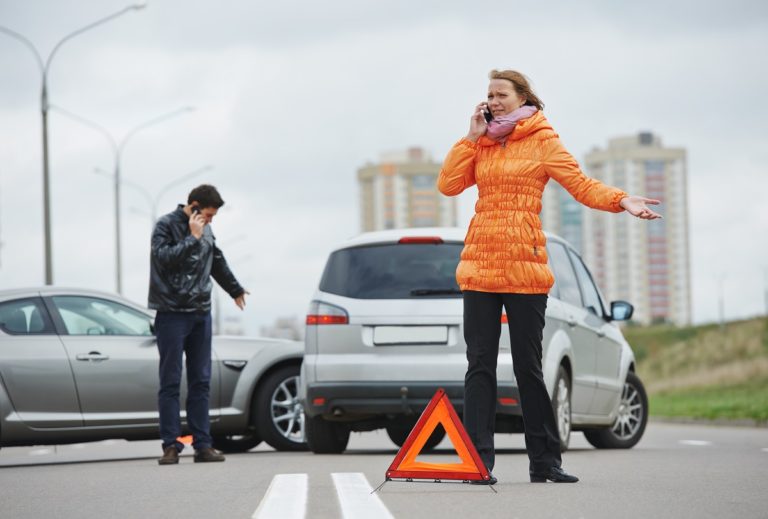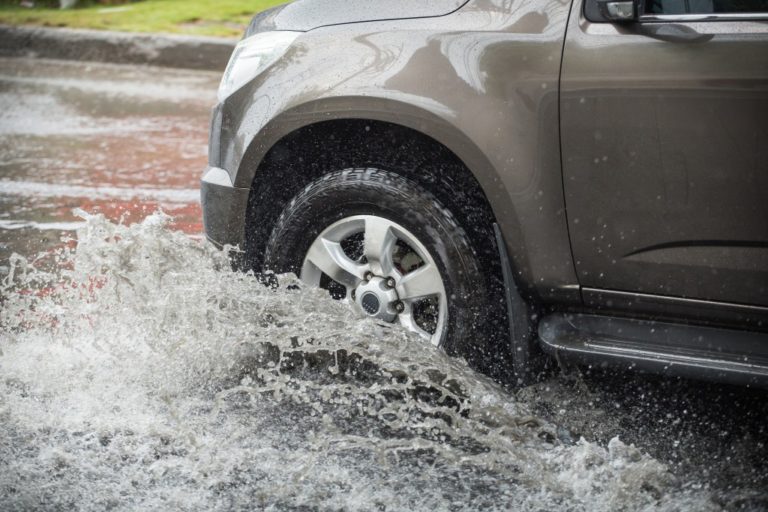- Remain composed and collect relevant information at the location of a hit-and-run incident.
- Collect details about the other vehicle, seek witness statements, and document the scene.
- Report the incident to the authorities immediately and file a police report.
- Notify your insurance company and seek medical attention for any injuries sustained.
- Consult a personal injury lawyer to protect your rights and obtain fair compensation.
Being involved in a hit-and-run accident can be a stressful and overwhelming experience. In such situations, staying calm and taking appropriate action to protect yourself and your rights is important. This guide will share five essential tips to help you navigate the aftermath of a hit-and-run incident.
1. Gather Information and Document the Scene
After a hit-and-run accident, gathering as much information as possible is crucial for identifying the responsible party and seeking justice. These pieces of information can greatly assist law enforcement in their investigation and support your insurance claim.
Here are tips on how to gather information and document the scene:
Collecting Vehicle Information

When collecting information about the vehicle that hit you, remaining calm and focused is crucial. Take photos or videos of the vehicle immediately after the accident, including its license plate number, make, and model. Law enforcement can use these details to track down the responsible party.
If you could not capture this information at the scene, remember any unique vehicle features that may help identify it. This could include bumper stickers, dents or scratches, and even the car’s color. Additionally, check for security cameras that may have captured incident footage.
Gathering Witness Statements
If witnesses were present at the time of the accident, getting their contact information and statements is essential. These individuals can provide valuable insight into what happened and may have seen details that you missed. Ask for their names, phone numbers, and email addresses, and request a written statement or video recording of their account.
It’s crucial to make sure the witness statements are accurate and unbiased. Avoid leading questions or persuading them to support your version of events. The truth is most important in these situations, and any attempt to influence or manipulate witness statements can discredit their credibility.
Documenting the Scene
Documenting the scene of the accident is crucial for insurance claims, legal proceedings, and personal records. Take photos or videos of your vehicle’s damages from multiple angles and any other objects or debris involved in the accident. Ensure also to capture images of surrounding road conditions, traffic signs, and weather conditions.
In addition to visual documentation, make notes about what occurred leading up to the accident. This could include details such as the time and location of the incident, any traffic violations committed by the other party, and any injuries sustained by you or your passengers.
Seeking Professional Help
After a hit-and-run accident, it’s essential to seek professional help to ensure your rights are protected. This could include injuries sustained and contacting the police to file a report, seeking medical attention for any injuries sustained.
2. Report the Incident to the Authorities
As soon as possible, report the hit-and-run incident to the local police department. Provide them with all the information you have gathered, including any witness statements or video evidence. The police report will be an official incident record, essential for insurance purposes and potential legal actions. It is important to file the report promptly to increase the chances of identifying the responsible party and holding them accountable.
3. Notify Your Insurance Company

Contact your insurance company to report the hit-and-run accident. Provide them with all the relevant details, including the police report number and any evidence you have collected. Review your insurance policy to understand the coverage you have for hit-and-run accidents. Depending on your policy, you may be covered under uninsured motorist or collision coverage. Your insurance company will guide you through the claims process and assist in repairing your vehicle or providing compensation for damages.
4. Seek Medical Attention and Document Injuries
Even if you don’t believe you have sustained any serious injuries, seeking medical attention after a hit-and-run accident is important. Certain injuries may not manifest immediately and have the potential to deteriorate gradually. A medical professional can evaluate your condition and provide necessary treatment. Documenting any injuries resulting from the accident is crucial, including photographs and detailed medical records. These records will be essential for insurance claims and potential legal actions.
5. Consult with a Personal Injury Lawyer
If you have been injured or suffered significant damages in a hit-and-run accident, seeking legal advice from a reputable personal injury lawyer is advisable. A skilled attorney specializing in personal injury cases can guide you through the legal process, protect your rights, and help you obtain the compensation you deserve.
They will review your case, gather evidence, negotiate with insurance companies, and represent your interests should the case go to court. Consulting with a personal injury lawyer can ensure you receive proper legal representation and increase your chances of obtaining fair compensation for your losses.
Final Words
Dealing with a hit-and-run accident can be challenging, but taking the right steps can help protect your rights and seek justice. You can effectively navigate the aftermath of a hit-and-run incident by gathering information, reporting the incident to the authorities, notifying your insurance company, seeking medical attention, and consulting with a personal injury lawyer. Remember to stay calm, prioritize your safety, and seek professional guidance to ensure the best possible outcome in such unfortunate situations.











